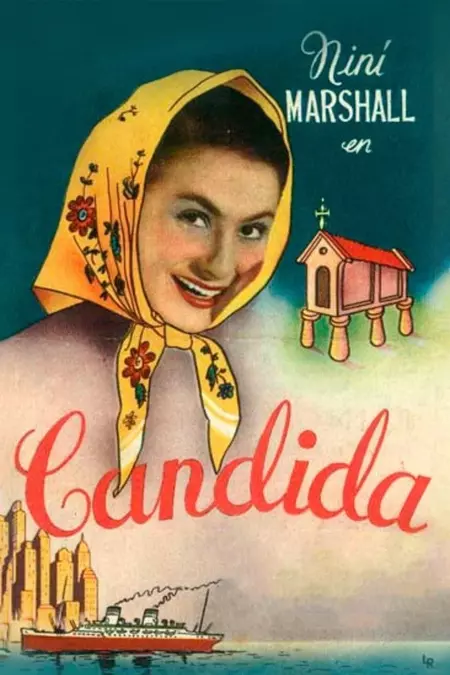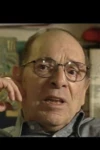Black Sunday (1960)
Black Sunday (1960)
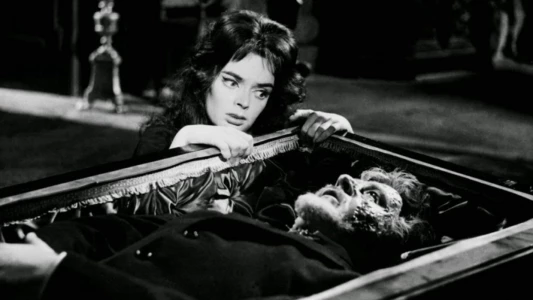
Plot.
Where to Watch.
 Subs
Subs Subs
Subs Subs
Subs Subs
Subs Free
Free Subs
Subs Subs
Subs Subs
Subs Subs
Subs Ads
Ads Ads
Ads Free
Free Free
Free Free
Free Free
FreeCurrently Black Sunday is available for streaming online, rent, buy or watch for free on: Shudder, Shudder Amazon Channel, AMC+ Amazon Channel, Shudder Apple TV Channel, Plex, Amazon Prime Video, IndieFlix, Shout! Factory Amazon Channel, Amazon Prime Video with Ads, Shout! Factory TV, Amazon Prime Video Free with Ads, Kanopy, Plex Channel, FlixHouse, Fawesome
Streaming in:🇺🇸 United States

Cast & Crew.
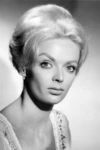
Barbara Steele
Princess Asa Vajda / Katia Vajda
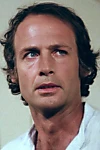
John Richardson
Dr. Andrej Gorobec / Dr. Andreas Gorobec
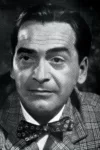
Andrea Checchi
Dr. Choma Kruvajan / Dr. Thomas Kruvajan
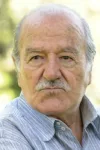
Ivo Garrani
Prince Vajda
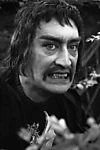
Arturo Dominici
Igor Javutich / Javuto

Enrico Olivieri
Prince Constantine Vajda
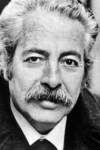
Antonio Pierfederici
Priest

Tino Bianchi
Ivan - Manservant
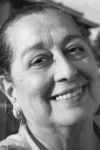
Clara Bindi
Inn Keeper
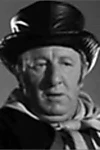
Mario Passante
Nikita - Coachman

Renato Terra
Boris - Stablehand
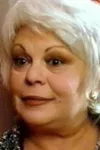
Germana Dominici
Sonya - Innkeeper's Daughter
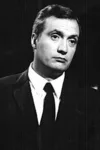
Nando Gazzolo
Narrator (voice) (uncredited)

Mario Bava
Special Effects / Director of Photography / Director / Matte Painter

Massimo De Rita
Producer

Mario Serandrei
Screenplay / Editor

Vana Caruso
First Assistant Director

Paolo Mercuri
Unit Manager

Nedo Azzini
Set Decoration

Roberto Nicolosi
Original Music Composer

George Higgins
Writer

Tina Grani
Costume Design

Lou Rusoff
Producer
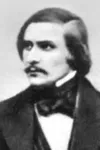
Nikolai Gogol
Short Story
Media.
























Details.
Release DateAugust 11, 1960
Original NameLa maschera del demonio
StatusReleased
Running Time1h 26m
Content RatingNR
Genres
Last updated:
This Movie Is About.
Wiki.
Black Sunday (Italian: La maschera del demonio, lit. 'The mask of the demon') is a 1960 Italian gothic horror film directed by Mario Bava in his official directorial debut, and starring Barbara Steele, John Richardson, Andrea Checchi, Ivo Garrani, Arturo Dominici and Enrico Oliveri. Loosely based on Nikolai Gogol's short story "Viy", the film takes place in Moldavia and tells the story of a witch who is put to death by her brother, only to return two centuries later to seek revenge upon his descendants.
Having provided cinematography on Hercules (1958) and Hercules Unchained (1959) for the production company Galatea and helping finish two of their other films, Caltiki – The Immortal Monster (1959) and The Giant of Marathon (1959), Bava was permitted by the company's president, Lionello Santi, to make a film for foreign markets; he chose to make a horror film to capitalize on the recent success of Terence Fisher's version of Dracula (1958) for Hammer Film Productions. After he developed a four-page outline faithfully based on Gogol's story, several other screenwriters, both credited and uncredited, worked on the script. Former Rank Organisation contract players Steele and Richardson were cast as Bava felt that British leads would allow the film to compare favorably to Dracula. Filming took place in the studios of Scalera Film in Rome and on location at Castle Massimo in Arsoli; shooting was complicated by Bava's frequent reworking of the script and Steele's conflicts with the crew.
Black Sunday had limited financial success upon its initial Italian release. It was acquired for distribution in the United States by Samuel Z. Arkoff and James H. Nicholson of American International Pictures (AIP), who oversaw numerous alterations to the film prior to its American release, including the removal of some scenes of violence and sexuality, redubbing the dialogue, and replacing Roberto Nicolosi's musical score with one by Les Baxter. The film found greater success upon its American release in 1961 when it became the highest-grossing film to be released by AIP in its first five years of existence. The film was banned for several years in the United Kingdom and did not receive a wide release there until July 1968, when it was released by Border Films as Revenge of the Vampire.
The film received generally negative reviews in Italy and garnered positive reviews abroad in France and the United States, where it received favorable notices in Cahiers du Cinéma, New York Daily News, Time, and Variety. Retrospective reception of Black Sunday remains positive: it was placed at number 84 on a Time Out poll of the best horror films, while critic James Marriott praised the film as the "crowning achievement of Italian gothic horror". The film is now considered to be a pioneering work that set the standards for Italian horror films due to its juxtaposition of beautiful and horrific elements, with strong depictions of eroticism and graphic violence. These elements would be found in later Italian genres, such as the Spaghetti Western and the giallo. The film turned Steele into a movie star in Italy, and led to her appearing in several horror film productions throughout the 1960s and 1970s.
You May Also Like.
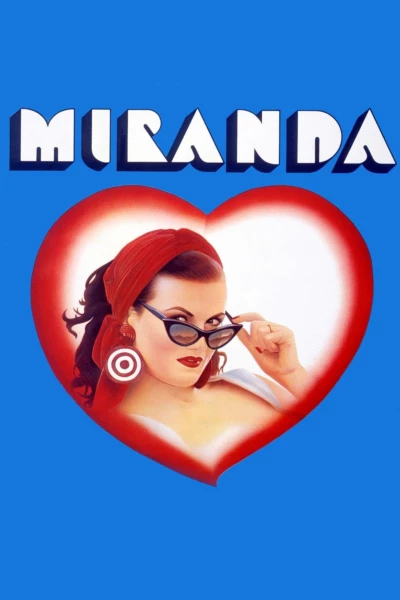
Miranda (1985)
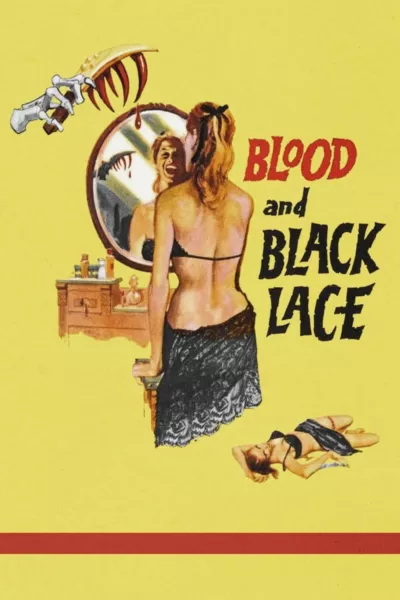
Blood and Black Lace (1964)
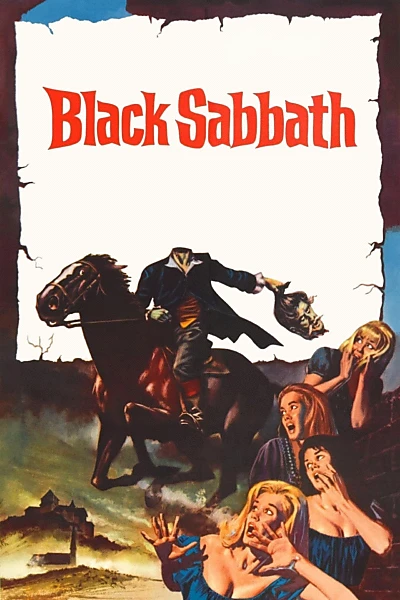
Black Sabbath (1963)
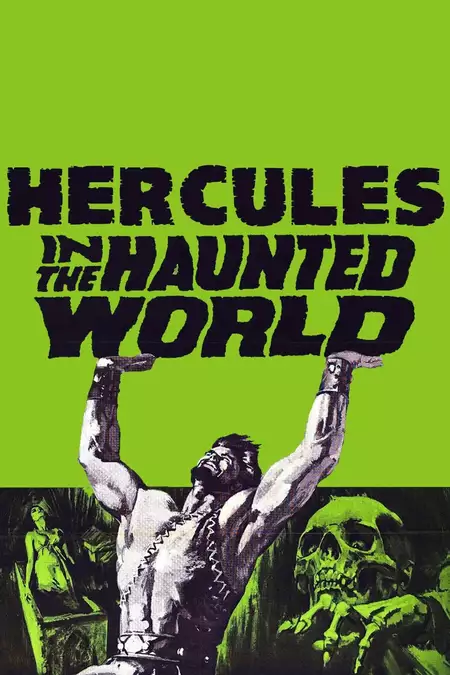
Hercules in the Haunted World (1961)

The Young One (1960)
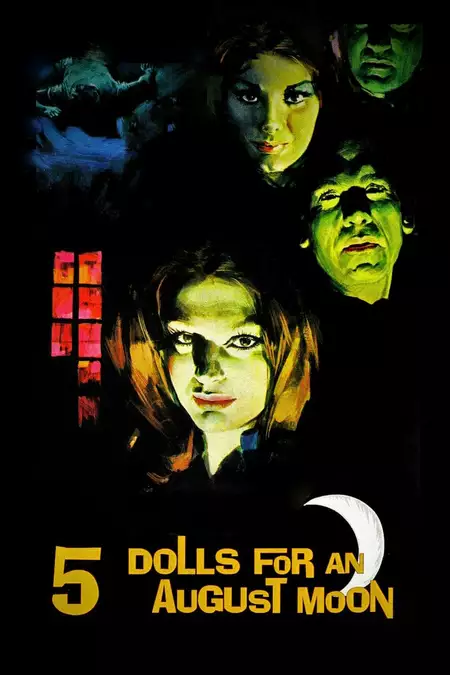
Five Dolls for an August Moon (1970)

The Glenn Miller Story (1954)
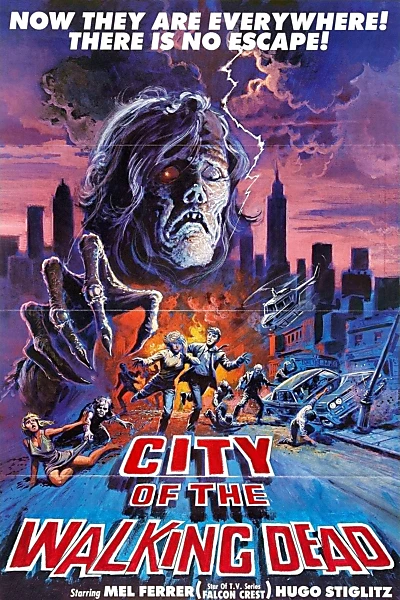
Nightmare City (1980)
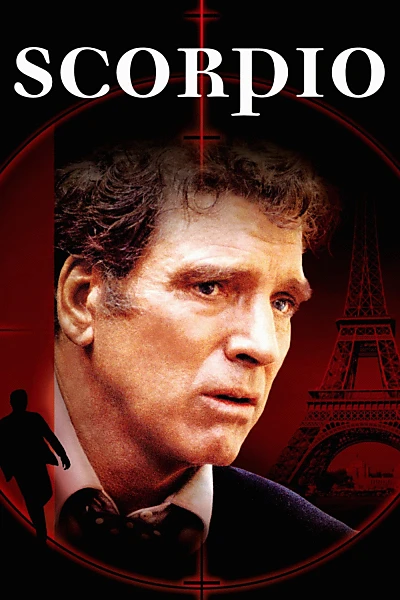
Scorpio (1973)
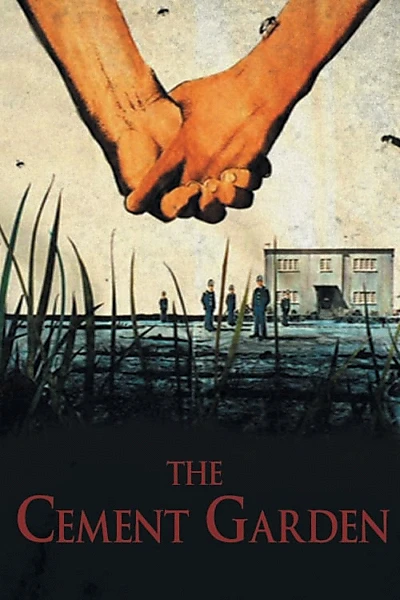
The Cement Garden (1993)
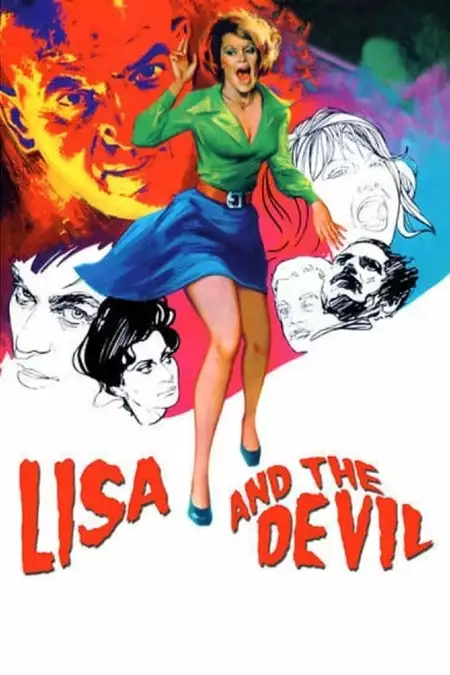
Lisa and the Devil (1973)
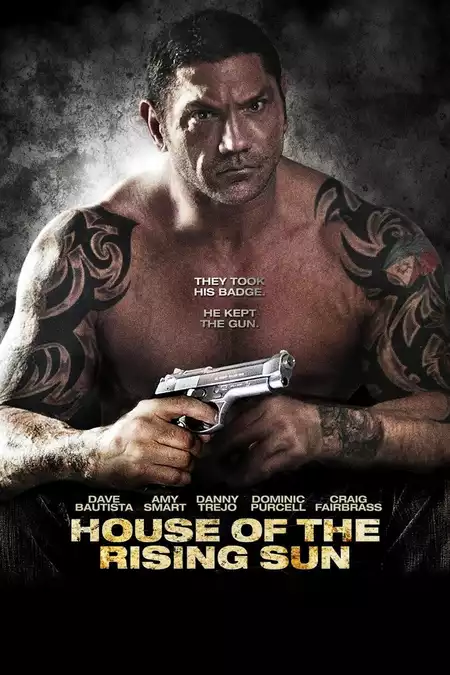
House of the Rising Sun (2011)
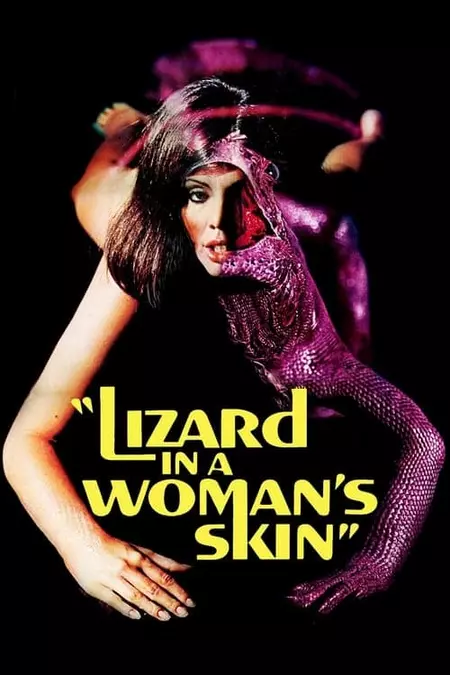
A Lizard in a Woman's Skin (1971)
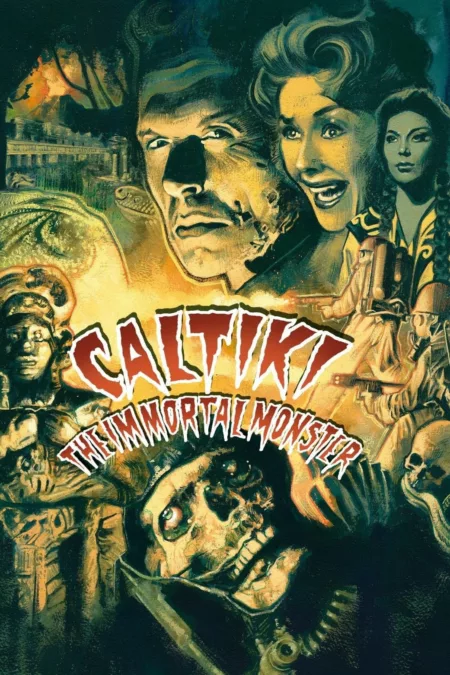
Caltiki, the Immortal Monster (1959)
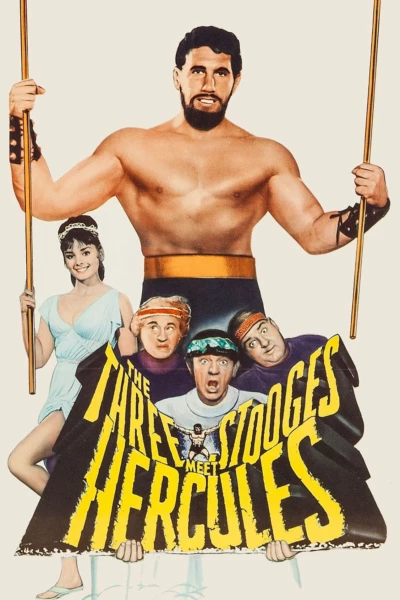
The Three Stooges Meet Hercules (1962)
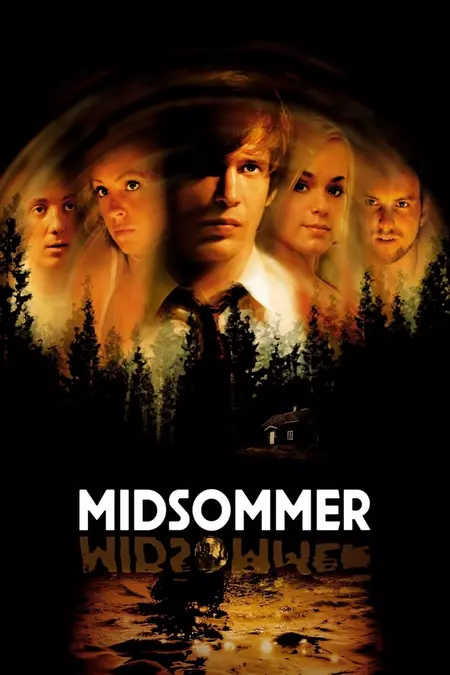
Midsummer (2003)
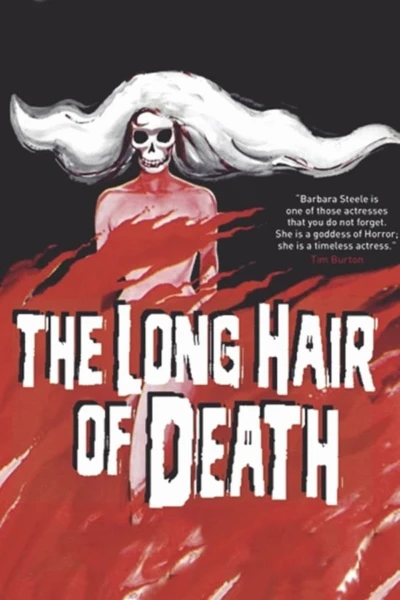
The Long Hair of Death (1964)
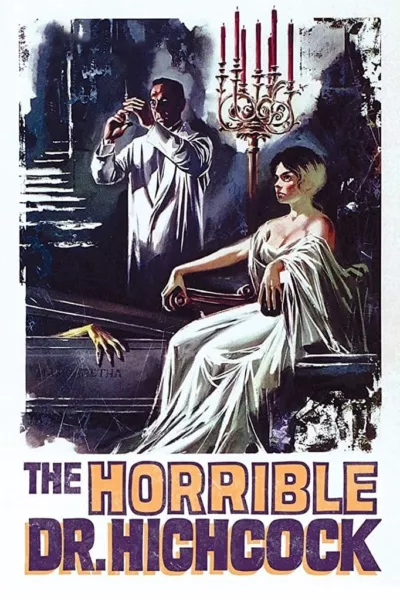
The Horrible Dr. Hichcock (1962)
